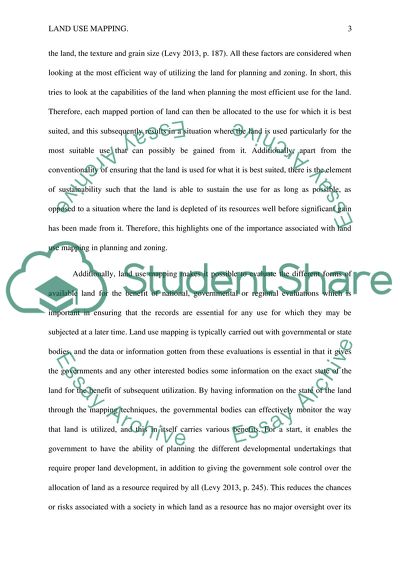Cite this document
(Land Use Mapping Coursework Example | Topics and Well Written Essays - 2750 words, n.d.)
Land Use Mapping Coursework Example | Topics and Well Written Essays - 2750 words. https://studentshare.org/social-science/1850564-land-use-mapping
Land Use Mapping Coursework Example | Topics and Well Written Essays - 2750 words. https://studentshare.org/social-science/1850564-land-use-mapping
(Land Use Mapping Coursework Example | Topics and Well Written Essays - 2750 Words)
Land Use Mapping Coursework Example | Topics and Well Written Essays - 2750 Words. https://studentshare.org/social-science/1850564-land-use-mapping.
Land Use Mapping Coursework Example | Topics and Well Written Essays - 2750 Words. https://studentshare.org/social-science/1850564-land-use-mapping.
“Land Use Mapping Coursework Example | Topics and Well Written Essays - 2750 Words”. https://studentshare.org/social-science/1850564-land-use-mapping.


